By James Halpin, Development Department Intern
With his own experiences seeing the devastation of development on watershed health in Cochranville, Pennsylvania, Matthew C. Shackelford is no stranger to the importance of watershed protection.
A Temple University lecturer originally from Cochranville, Shackelford has donated $500 from proceeds of his recent art show to Stroud™ Water Research Center’s Future of Fresh Water Initiative Environmental Education Fund.
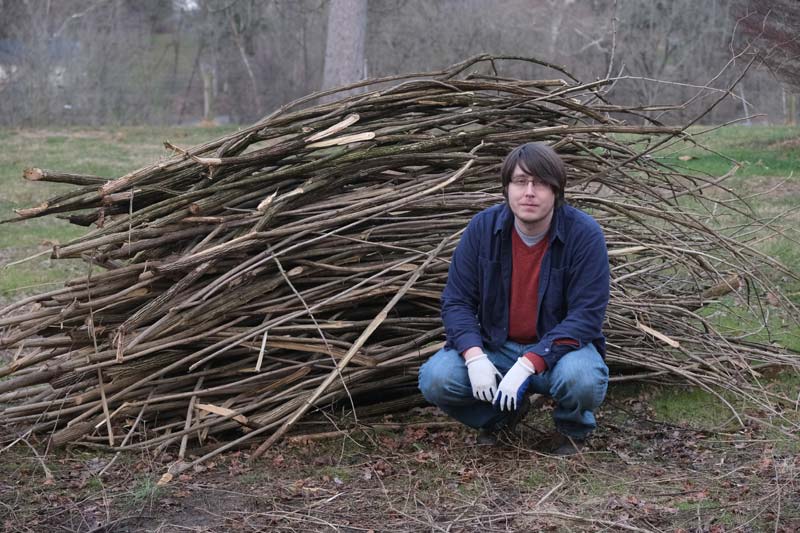
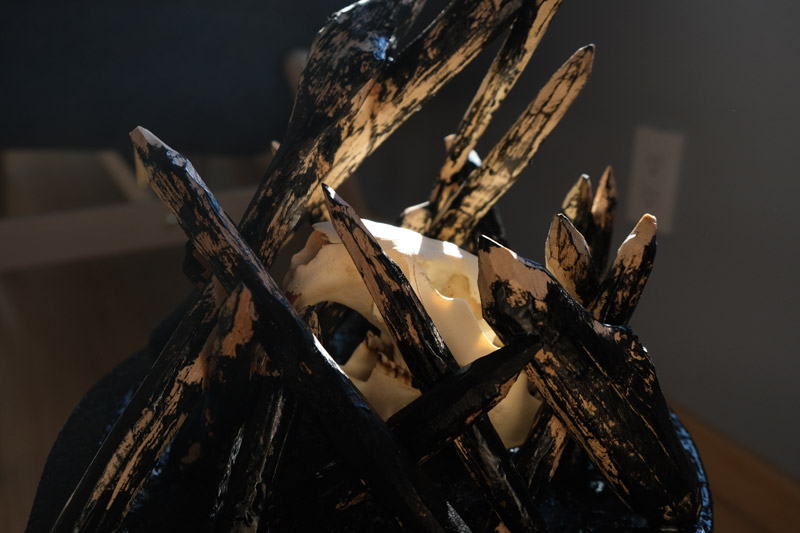
Some of his fondest memories growing up come from time spent in his local creek toiling around in the mud and making mini clay art. After noticing changes to the local creek upon his return from art shows domestic and international, Shackelford found inspiration for Castor: a collection of news articles, artwork, and sculptures that guides viewers through an investigation and critique of the environmental disruptions happening in Pennsylvania watersheds due to construction of natural gas pipelines and new housing developments. The project looks to draw awareness to protecting precious water sources such as the Octoraro Reservoir, a communal water source and natural habitat now drawing the attention of private companies.
Shackelford exhibited Castor at the Street Road Artist Space to encourage art goers to engage with the gallery’s surroundings in Cochranville. It was the Space’s Emily Artinian who first introduced him to the Stroud Center. After finding out about the Stroud Center’s mission, Shackelford was inspired to auction the illustrative prints from Castor and donate the proceeds to the initiative’s Environmental Education Fund for its potential to foster and train future generations of freshwater stewards.
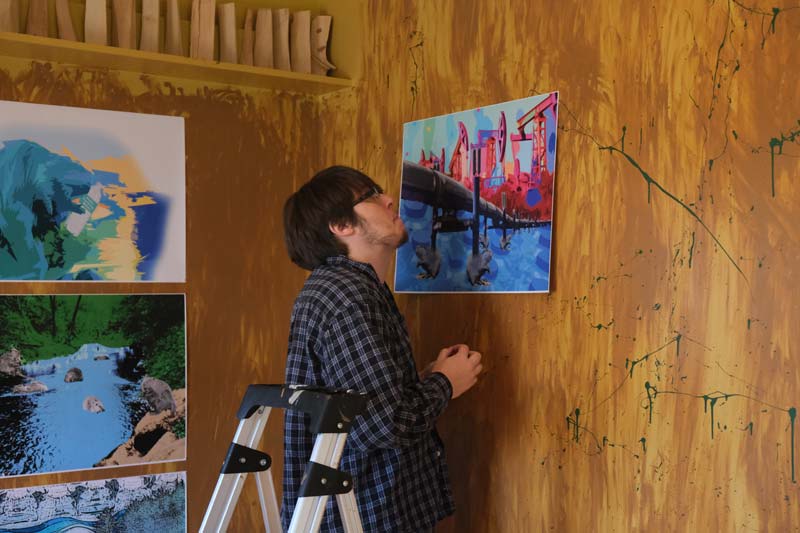

Before earning his Master of Fine Arts, Shackleford trained as a biologist and citizen scientist while working on his associate’s degree in Southern Kentucky with the Personal Responsibility in a Desirable Environment (PRIDE) program to fulfill his first career goal of becoming a forest ranger. After working with his mentor, Brad McCombs, on a project called the Driftwood Institute, Shackelford found his true passion was reaching wide ranges of people to become environmental stewards through art.
Shackelford chose the Stroud Center because of its worldwide reach and research goals in addition to its community outreach throughout the mid-Atlantic region. Through his donation, he hopes to help the Stroud Center’s current and future audiences develop a stronger understanding of the impacts humans can have on their surroundings. The resources and experiential education the Stroud Center creates and offers, respectively, assists children and teenagers in gaining the understanding and skills required to monitor and repair their local watersheds. Ultimately, Shackelford’s goal is to help people everywhere to feel confident and empowered in using the Stroud Center’s resources to develop environmentally responsible attitudes and behaviors for their own local water sources.
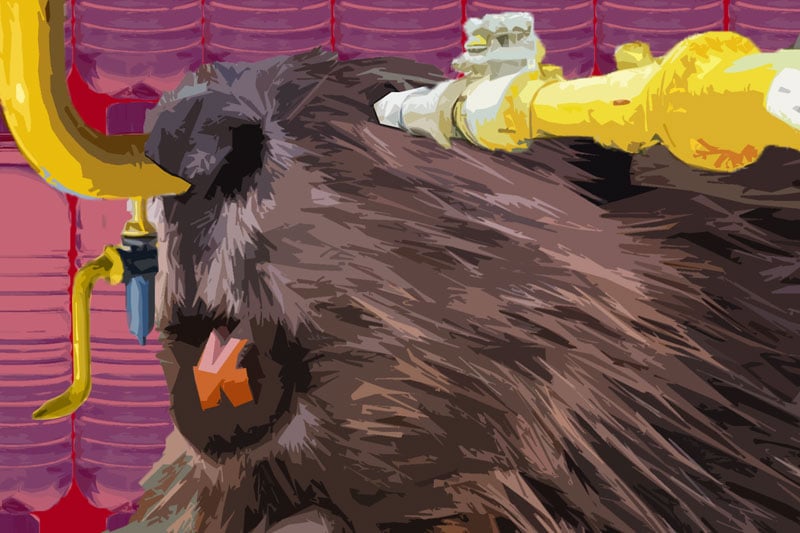
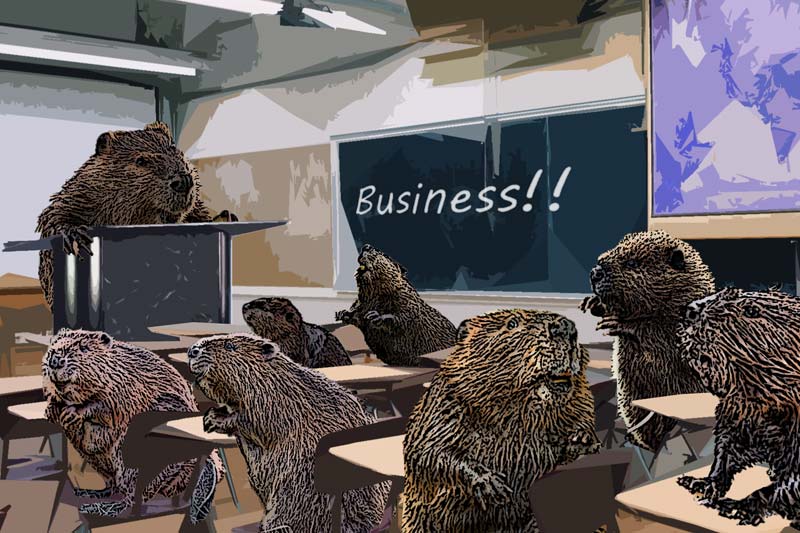
Despite the constant struggle to protect and repair water sources across the nation, Shackelford finds inspiration from the restoration of Buck Creek in Southern Kentucky. Once polluted and uninhabitable due to cattle farming and inadequate sewer systems, Buck Creek advocates remediated the water source to a pristine landscape and home for animals, plants, and humans alike.
“I know [watershed protection and repair] won’t be done in my lifetime. It won’t be done in the next generation’s lifetime. It’s going to be an ongoing struggle,” says Shackelford, but he believes everything we do today will help those who continue the efforts tomorrow. With his art and contributions to the Future of Fresh Water Initiative’s Environmental Education Fund, the future is a little brighter for freshwater sources.



